
GAUMONT Le Cinéma Premier 1897-1913 Volume 1(2008)
Gaumont Archives are pleased to announce the release of the first volume of an exceptional anthology devoted to the pioneers of cinema (1897-1913).
A HERITAGE FINALLY REVEALED 3 directors, around a hundred films, 17 hours of programming, numerous supplements, original music and an accompanying booklet. 7 DVD BOX Unpublished works of very different styles, which show how these first works were decisive for the history of world cinema. This first volume is devoted to three authors-directors: Alice Guy, the world's first female filmmaker. Louis Feuillade, the famous director of Fantômas, Les Vampires and Judex. Léonce Perret to whom we owe “priceless plastic discoveries and research” according to Henri Langlois.

Movie: GAUMONT Le Cinéma Premier 1897-1913 Volume 1
Video Trailer GAUMONT Le Cinéma Premier 1897-1913 Volume 1
Similar Movies
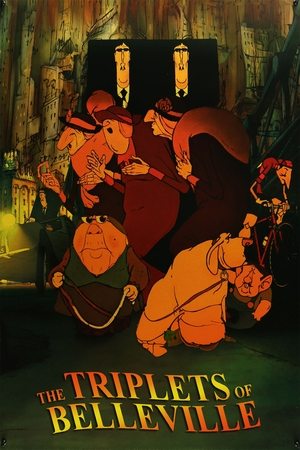 7.4
7.4The Triplets of Belleville(fr)
When her grandson is kidnapped during the Tour de France, Madame Souza and her beloved pooch Bruno team up with the Belleville Sisters—an aged song-and-dance team from the days of Fred Astaire—to rescue him.
 0.0
0.0The Gentleman from Indiana(en)
After a spectacular college football career, John Harkless leaves the university to pursue a place in Indiana politics. He buys the failing Plattville Herald and, using the newspaper to expose various illegal activities, sets out to rid the county of all mobsters and corrupt officials.
 0.0
0.0Freckles(en)
Freckles, an orphan with disabilities, gets a job at McLean's lumber camp as a guard in Limberlost forest. Although the forest is infested with desperate characters, Freckles shows courage and determination. A beautiful girl whom he calls the "Swamp Angel" and the "Bird Woman" assist him in driving off timber thief Wessner and his gang. Later, Freckles refuses a bribe Wessner offers if he will permit Wessner to steal some trees. Instead, Freckles gives Wessner a beating, and his loyalty to McLean earns him a cash reward. Freckles falls in love with the Swamp Angel, but the social differences between him and the girl prevent him from declaring himself. He makes no attempt to recover when a large tree falls and seriously injures him. His recuperation is hastened, however, when the girl expresses her love for him.
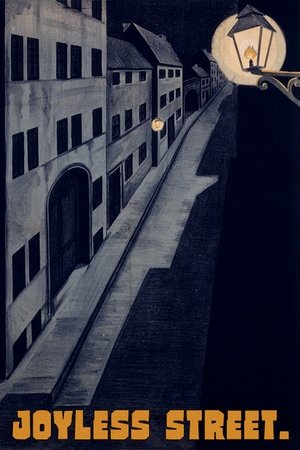 6.9
6.9The Joyless Street(de)
In 1921, we follow two women - Marie and Grete - from the same poor Viennese neighborhood, as they try to better the lives of themselves and their families during the period of Austrian postwar hyperinflation.
 8.2
8.2The Kid(en)
A tramp cares for a boy after he's abandoned as a newborn by his mother. Later the mother has a change of heart and aches to be reunited with her son.
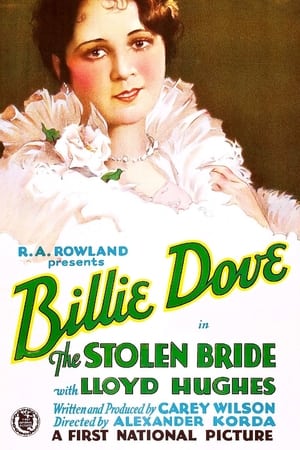 0.0
0.0The Stolen Bride(en)
The daughter of a count and the son of a shoemaker, both Hungarian, fall in love in America. As they're about to marry, the young woman is called back to Europe. When her betrothed goes after her, difficulties ensue.
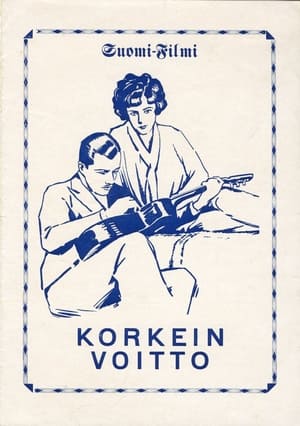 5.8
5.8Korkein voitto(fi)
The heavily indebted baron Henrik von Hagen, who loves women and partying, learns that his former lover, Russian ballerina Madame Vera Vasiljevna, will be visiting Finland. They are reunited and sparks fly. But Vasiljevna's new hobby casts a shadow over their romance.
 7.1
7.1Limite(pt)
Adrift in the vast expanse of the ocean, a solitary boat carries three castaways—a man and two women. Stranded and devoid of any glimmer of rescue, they find solace in recounting the tales of their lives to one another. As they delve into their personal narratives, reminiscing about the circumstances that led them to this desolate predicament, they navigate through the depths of three distinct destinies. Bound by the confines of their shared space, every aspect of their existence becomes a boundary, underscoring their plight.
 0.0
0.0A Girl of the Limberlost(en)
From Wikipedia, the free encyclopedia. A Girl of the Limberlost is a 1924 American silent film, produced by Gene Stratton-Porter and directed by James Leo Meehan. It stars Gloria Grey, Emily Fitzroy, and Arthur Currier, and was released on April 28, 1924. The first adaptation of Stratton-Porter's famous novel, this silent film is considered lost.
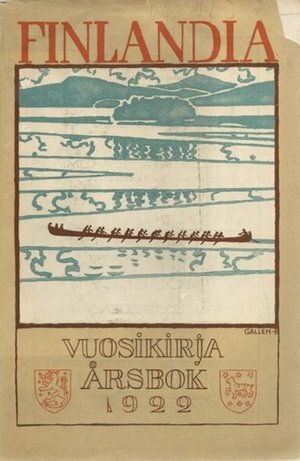 2.0
2.0Finlandia(fi)
A documentary from Erkki Karu, one of the earliest pioneers of Finnish cinema: This government-produced propaganda film introduces the nature, sports, military, agriculture and capital of Finland.
The Dawn of Sound: How Movies Learned to Talk(en)
Film historians, and survivors from the nearly 30-year struggle to bring sound to motion pictures take the audience from the early failed attempts by scientists and inventors, to the triumph of the talkies.
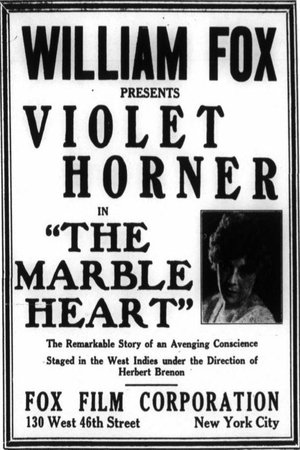 1.0
1.0The Marble Heart(en)
Therese Roger, daughter of a West Indian planter, whose parents are murdered while she is a baby, becomes the adopted daughter of her aunt, Madame Roger, keeper of a haberdashery shop in one of the smaller villages in southern France. She grows up with Camille, Madame Roger's son, a sickly, sexless creature, whom she ultimately marries in deference to her aunt's wishes.
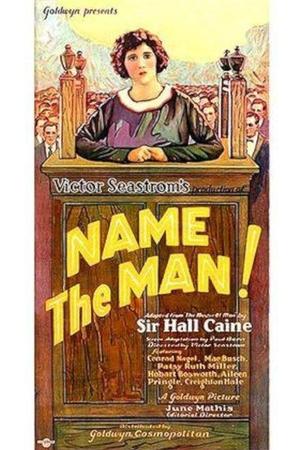 0.0
0.0Name the Man(en)
Victor Stowell, son of the deemster of the Isle of Man, is engaged to Fenella Stanley. He becomes involved in an intrigue with local girl Bessie Collister, becomes the deemster on his father's death, and is forced to try Bessie for killing her illegitimate child.
Wings of Youth(en)
Mrs. Katherine Manners loves her three grown daughters who are in boarding school. When she plans a party for them at home, they phone from the school that they cannot come because they are too busy. But she hears the sounds of a party in the background, so she goes to the school where she finds her daughters with young men. She is told that two of the daughters plan to be married, while the third plans to marry Grantland Dobbs as soon as he gets a divorce, and the mother is frightened by this announcement. She goes abroad and returns with a man, gets an apartment at a wealthy center, and lives with him. Her daughters are shocked when the mother entertains guests at drinking parties. When Mrs. Manners proves to her daughters that their fiancées are not respectable, she reveals to them that she was acting a part just to prove to them that she was right about their chosen mates. She reveals that the man she was living with was her cousin.
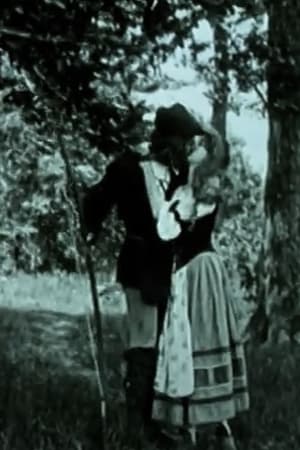 5.0
5.0Robin Hood(en)
Robin Hood is a 1912 film made by Eclair Studios when it and many other early film studios in America's first motion picture industry were based in Fort Lee, New Jersey at the beginning of the 20th century. The movie's costumes feature enormous versions of the familiar hats of Robin and his merry men, and uses the unusual effect of momentarily superimposing images different animals over each character to emphasize their good or evil qualities. The film was directed by Étienne Arnaud and Herbert Blaché, and written by Eustace Hale Ball. A restored copy of the 30-minute film exists and was exhibited in 2006 at the Museum of Modern Art in New York City.
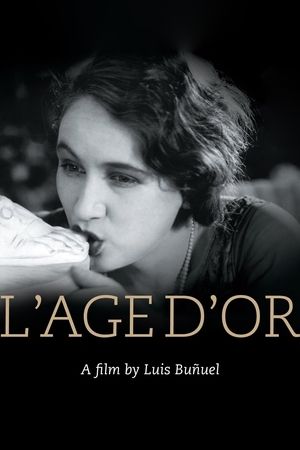 6.8
6.8L'Âge d'or(fr)
The film consists of a series of tightly interlinked vignettes, the most sustained of which details the story of a man and a woman who are passionately in love. Their attempts to consummate their passion are constantly thwarted, by their families, by the Church and bourgeois society in general.
 6.3
6.3Life and Passion of Christ(fr)
The story of the life and passion of Jesus Christ, from the proclamation of his birth to his ascension into heaven.
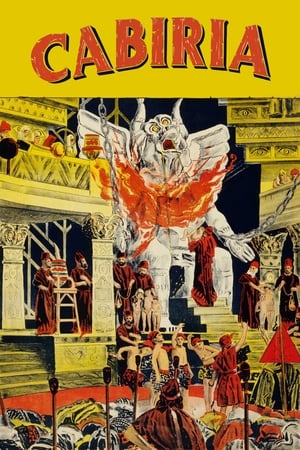 7.1
7.1Cabiria(it)
Young Cabiria is kidnapped by pirates and sold as a slave in Carthage. Just as she's to be sacrificed to Moloch, Cabiria is rescued by Fulvius Axilla, a good-hearted Roman spy, and his powerful slave, Maciste. The trio are broken up as Cabiria is entrusted to a woman of noble birth. With Cabiria's fate unknown, Maciste punished for his heroism, and Fulvius sent away to fight for Rome, is there any hope of our heroes reuniting?
 8.0
8.0Cannes : Palmes, scandales et tapis rouge(fr)
How could the Cannes Film Festival become the biggest cinema event in the world? For 75 years, Cannes has succeeded in this prodigy of placing cinema, its sometimes paltry splendors but also its requirements of great modern art, at the center of everything, as if, for ten days in May, nothing was more important than it. This film tells how Cannes has become the largest film festival in the world by opening up to cinematic modernity while never forgetting that cinema remains a performing art, a popular art.
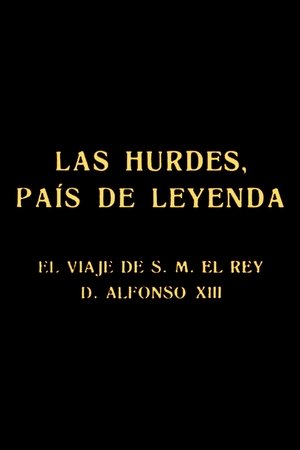 4.0
4.0Las Hurdes, país de leyenda(es)
An account of the journey that King Alfonso XIII of Spain made to the impoverished shire of Las Hurdes, in the province of Cáceres, in the region of Extremadura, in 1922.

